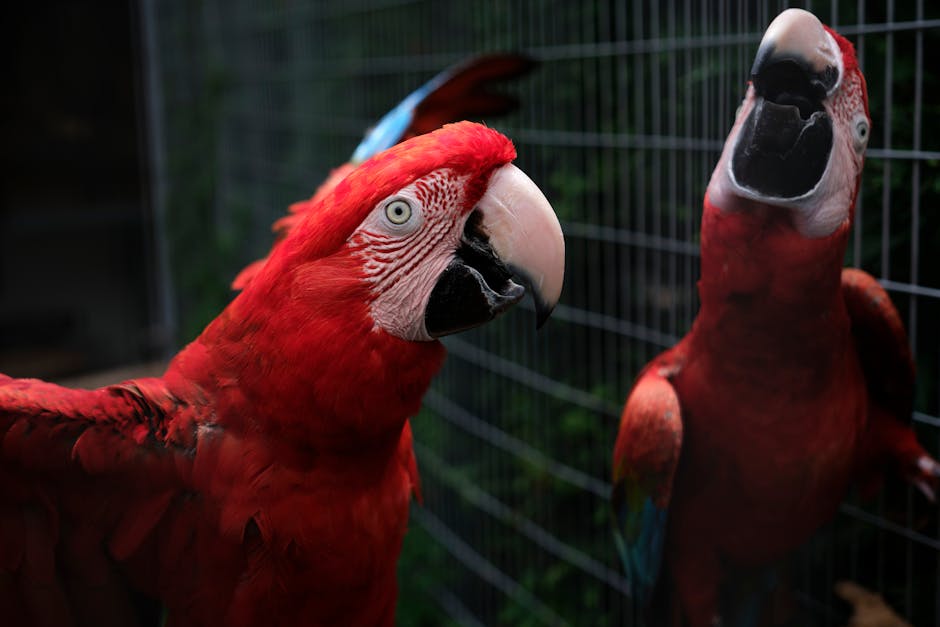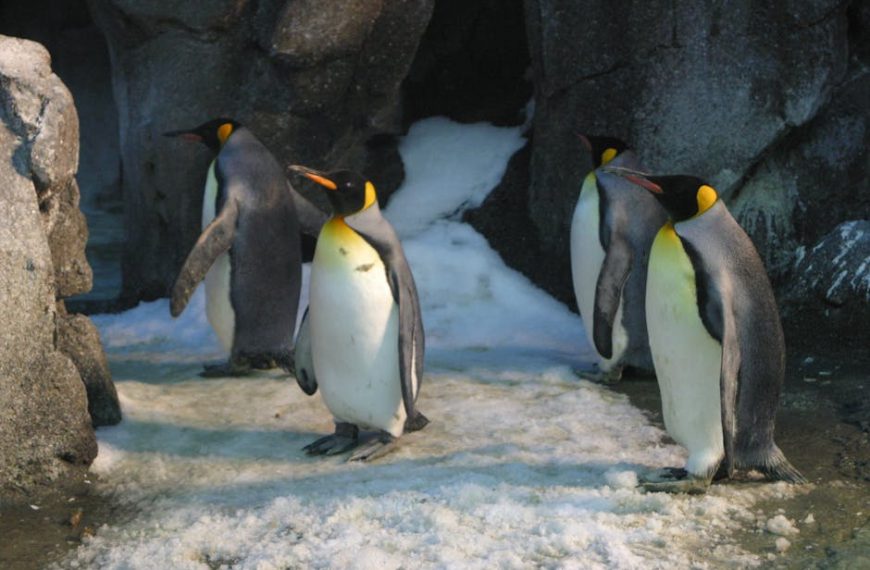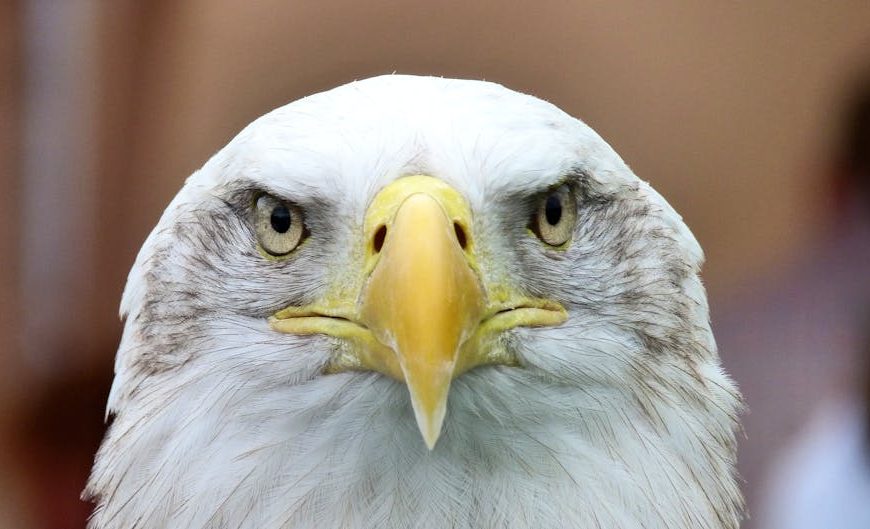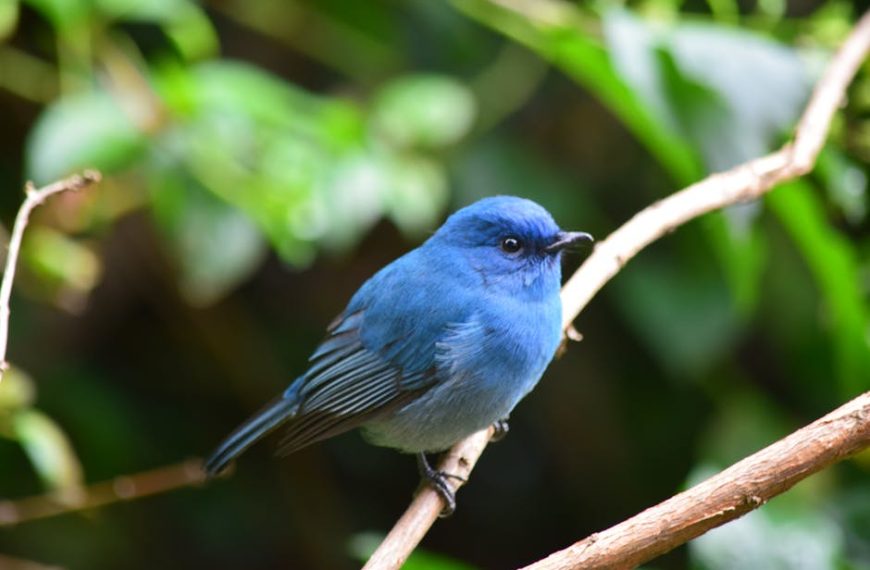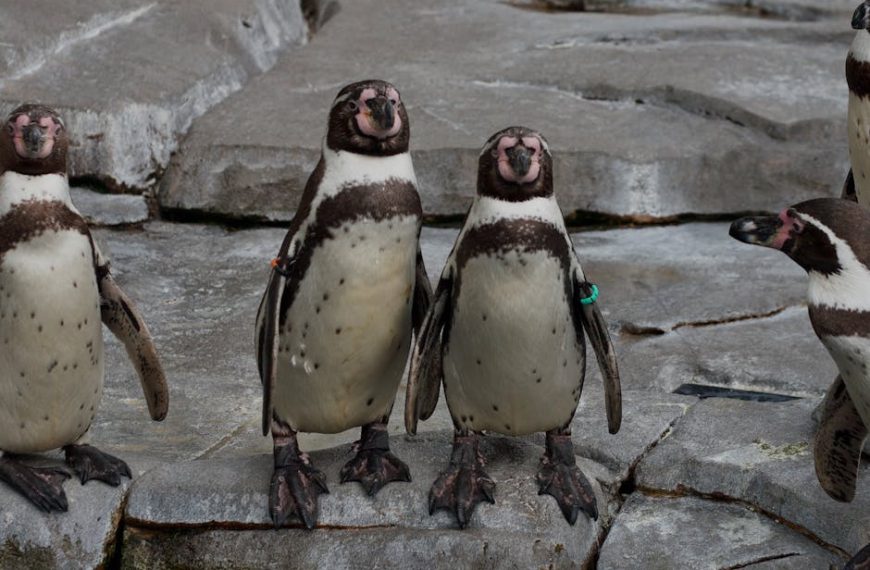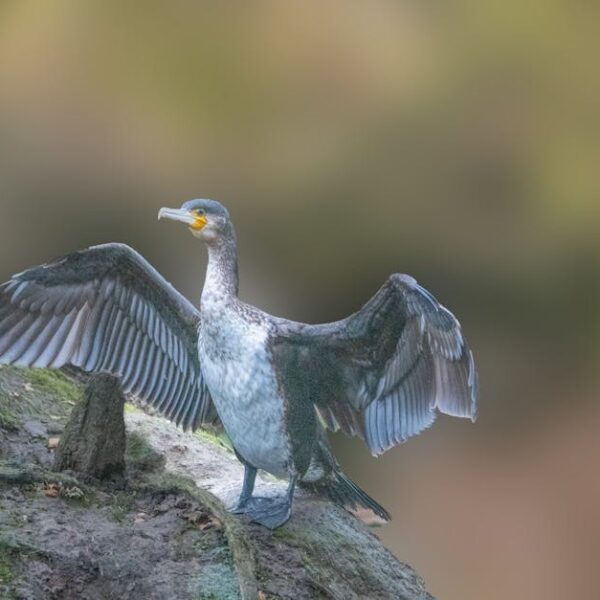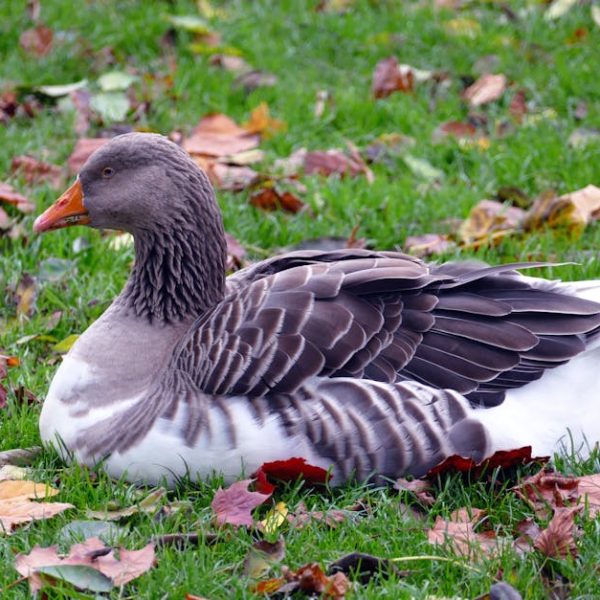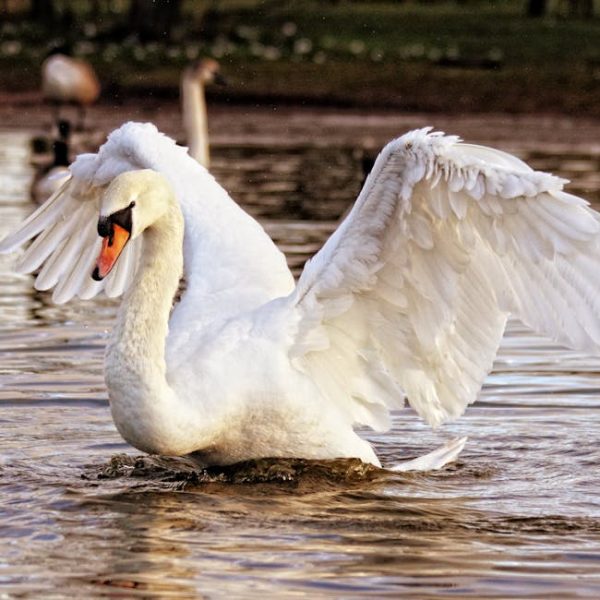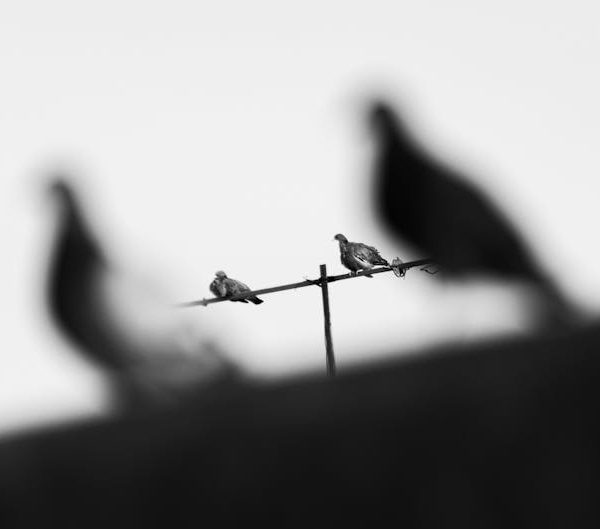Birds employ a rich tapestry of communication techniques in their daily lives. Just as humans use words, tone, body language, and even silence to express a multitude of meanings, birds have a surprisingly sophisticated language system as well. From complex songs to elaborate visual displays and even intimate physical contact, every twitch, chirp, or dance step contributes to the language spanning the avian world. This vast tapestry binds bird populations together, enabling crucial interactions that ensure survival and social order.
The Basics of Avian Communication
Birds communicate continuously, using a repertoire of signals that can be audible, visual and physical. These different forms of communication serve an assortment of functions vital to their survival:
- Singing: This form is often used to mark territory, attract a mate, or send out a warning.
- Calls: Calls can be anything from the familiar chirping of sparrows to complex sequences used by birds to direct each other or summon help.
- Dancing: Highly ritualized dances play a crucial role in the mating process or group coordination.
- Visual Displays: Birds use their plumage and body posture to send a variety of messages.
- Physical Contact: Gentle grooming or aggressive pecking, physical contact is a powerful communication tool amongst birds.
Singing: More Than Just Sounds
Songbirds are famously recognized for their musical abilities, but their songs are much more than just pleasing sounds. Each song is composed of different notes, phrases, and rhythms, presenting a unique pattern that has specific intent like staking a claim, announcing an arrival, or beckoning a mate.
Songs can be intricate, with elements like frequency, pattern, volume, and length woven into a comprehensive whole. For example, a territorial call often features repeated phrases that broadcast the bird’s location and discourage interlopers. A mating call, on the other hand, is typically more complex and melodious, aiming to impress potential partners.
Visual Signals: A Different Way of Talking
Visual signals are another poignant part of the bird’s communication arsenal. Colorful plumage can be a potent tool in establishing dominance or attracting mates. Birds also utilize posturing, puffing up their feathers, or spreading their wings to exhibit intentions.
Birds use visual signaling for a variety of purposes. During mating rituals, males often display their plumage to highlight striking patterns and colors that showcase their fitness as mates. Alarm and aggression are represented by erect postures and puffing up of feathers to appear larger and more intimidating.
Physical Contact: From Aggression to Affection
Physical communication is a nuanced form of bird language. From skirmishes asserting dominance to gentle grooming as a sign of bonding – the touch of a feather or beak can communicate rich layers of meaning. The role of this physical interaction varies greatly depending on the species and the context.
Aggression is often dealt with swift pecks or lunges aimed at intruders or competition, while courtship and bonding rituals can involve intricate dances or mutual grooming. Birds also use physical contact to teach, primarily observed in adult birds guiding their young in the ways of flight and forage.
Understanding Avian Language: Enhancing our Relationship with Birds
Understanding birds and their communication tactics not only challenges our curiosity but can also prove instrumental in bolstering the relationship between humans and avian species. Whether you’re engaging in bird-watching, scientific research, or simply observing the bustle at your backyard feeder, understanding bird language can be an enriching experience.
Moreover, this understanding can also serve as a vital piece in the ever-complex puzzle of bird conservation. Recognizing the nuances of bird language can enable more focused, species-specific strategies and legislation. In doing so, it can help preserve our avian friends’ diversity and protect their natural habitats from further degradation.
Pro Tips for Differentiating Bird Song
- Recording: Record the bird song that you wish to identify and listen to it multiple times. This can help you isolate specific patterns and make identification easier.
- Educational Resources: Use bird song identification guides or apps that can help you match your recorded song with that of a known species.
- Patience: Bird song identification can be challenging, but with patience and practice, you’ll get the hang of it gradually.
Checklist for Identifying Visual Cues
- Color and patterns in plumage
- Changes in body posture
- Puffing up or spreading of feathers
- Spectacular movements like aerial dives or ground displays in mating rituals
Pros and Cons of Physical Contact as a Method of Bird Communication
| Pros | Cons |
|---|---|
| Effective for conveying aggression or establishing dominance. | Can lead to physical injuries and stress. |
| Helps in bonding and building relationships. | Touch from unwanted sources can be disruptive and distressing. |
| Useful in teaching young birds. | If overdone, this method can drain energy and hinder survival in harsh conditions. |
Best Practices for Observing and Interacting with Birds
- Always maintain a respectful distance: Avoid getting too close lest you disturb the birds.
- Limit physical contact: Unless necessary for rescue or research, try to avoid physically interacting with birds as it can cause them stress.
- Use binoculars: For the best bird watching experiences, invest in a pair of good binoculars. They allow you to observe detailed behaviors without disturbing the birds.
- Be quiet and patient: Birds are sensitive to noise, so keeping quiet and still will increase your chances of meaningful observation.
- Support conservation: Engaging with bird conservation initiatives can aid in the protection and preservation of our avian friends.
Key Takeaway:
- Bird communication involves a variety of techniques including singing, calls, dancing, visual signals, and physical contact.
- Bird songs are composed of intricate elements and serve specific purposes like territory marking, attracting a mate, or signaling warning.
- Visual signals like color-coded plumage and posturing are used for purposes like establishing dominance, attracting mates, and displaying aggression.
- Physical contact in bird communication serves a variety of roles ranging from aggression to affection, and also plays a part in learning and bonding.
- Understanding bird language can empower bird watchers, researchers, and nature enthusiasts, and contribute to bird conservation efforts.
Understanding the complex language of birds can be both intriguing and rewarding, offering valuable insights into their behavior and various interactions. As we continue to decipher the vast web of avian communication, we develop a deeper appreciation for these fascinating creatures and their vibrant lives. Remember, observing respectfully and patiently is the key to successfully decoding the bird language.
FAQs
Q: Are bird songs species-specific?
A: Yes, bird songs are often unique to each species, and they use these distinct songs to communicate within their kind.
Q: What is the importance of physical contact in bird communication?
A: Physical contact can convey a range of meanings from aggression to affection. It also plays a role in learning and bonding within bird communities.
Q: How does understanding bird communication aid in bird conservation?
A: Understanding bird communication helps us comprehend their needs and behaviors better, which can guide more focused and relevant conservation efforts.
Q: Does every bird use the same forms of communication?
A: While many birds use similar forms of communication like singing, physical contact, and visual signals, the specifics can vary greatly depending on the species.
Q: How can I improve my bird song identification skills?
A: Practice, patience, and the use of educational resources like bird song guides or applications can greatly improve your bird song identification skills.
We encourage everyone to share this understanding of bird communication with others and explore more posts on our website to learn about the fascinating world of birds.
